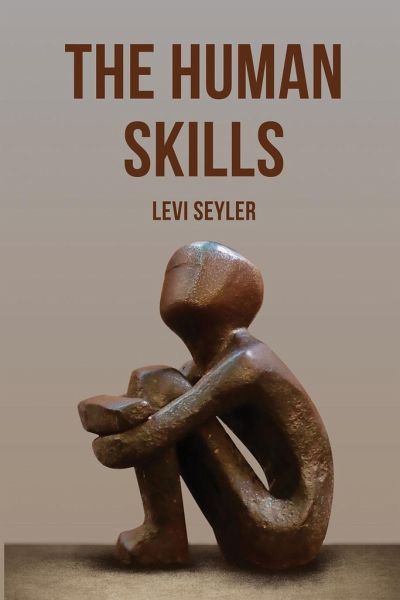
The Human Skills
Versandkostenfrei!
Versandfertig in 1-2 Wochen
38,99 €
inkl. MwSt.

PAYBACK Punkte
19 °P sammeln!
A percentage of 1 to 6 percent of Neanderthal DNA can be found in the human genome, depending on where on the planet we dwell. Southeast Asian and Pacific Islander populations in Africa may be minimal or nonexistent. The argument I'm trying to make is that any quantity of early man DNA in modern people is evidence that distinct human species lived in small groupings and may have cooperated for the sake of survival. Small groups were preferred for a variety of reasons, but when more people cooperate, as in hunting, more food can be consumed. For a variety of reasons, the ancient lost civilizati...
A percentage of 1 to 6 percent of Neanderthal DNA can be found in the human genome, depending on where on the planet we dwell. Southeast Asian and Pacific Islander populations in Africa may be minimal or nonexistent. The argument I'm trying to make is that any quantity of early man DNA in modern people is evidence that distinct human species lived in small groupings and may have cooperated for the sake of survival. Small groups were preferred for a variety of reasons, but when more people cooperate, as in hunting, more food can be consumed. For a variety of reasons, the ancient lost civilizations that archaeologists are unearthing often live in small groupings. Smaller clans eventually merged to become tribes. Humanity has developed strategies for coming together for a better life up to the present. This is referred to as social skills and interpersonal intelligence.














